Found this excellent QnA here which provides several options for measuring or detection water-level. For my case, it is enough to differentiate 4 levels of water (very low, low, middle, full), of the tank.
I need to do the same, but in my case, I am having to deal with a concern, that this is not exactly clean potable water. The water, which is pumped out from a deep tube-well, appears to be somewhat polluted with silt (the rusty dark brown/blackish kinds) and lot of dissolved salts. While the silt is filtered by a 5 micron felt/microfiber based sediment pre-filter, in the post-pump section, it is present in the ground-level sump. The salt is a big concern too, because it stains (salt deposits) metal, plastic and pretty-much any surface. Any metal / plastic part left submerged for long-enough, gets a rather significant deposit of salt, which needs to be scrapped off (with difficulty).
Given these operating environment characteristics, I was wondering which ones of the following methods (all from the previous QnA cited above) of detecting water level, can be expected to work most reliably, and with minimum maintenance required over time.
Differential Pressure Transducer at the bottom of tank. What's the chance that the sensing surface or it's edges might get choked by the salt/silt deposit, and stop functioning in a few months. The salt/silt deposit itself may introduce errors in pressure reading over time.
Float switch - As this has moving parts, I wonder if they can be rendered immobile (lose mobility of the float) by the salt/silt deposit ?
Capacitive sensing - This is not explained in great detail in the cited QnA, but I've read elsewhere that it depends on an average dielectric coefficient of water, where-in 2 insulated probes are placed along the depth of tank / sump, in fairly close proximity. The capacitance of this, varies with water level, which is measured. The exact mechanism is not clear. Also, apparently, low voltage AC current is apparently used for this, but again, how part is not clear. Also, what roles the salt/silt deposits may play in change in capacitance over time, isn't clear to me.
Conductivity testing at multiple levels - Electrodes are placed at various levels, which are supposed to operate as closed circuits when water reaches the particular circuit placed at certain levels. Electrical current (say something like 24VDC) is passed through the circuits, periodically, for a short period to determine which all circuits are closed, and infer water level from such information. Now again, does salt/silt change the conductivity ? And can they corrode the electrodes ? Can I use aluminum or copper electrode ?
Ultrasonic, proximity sensing - Placing such a sensor face-down i.e. looking straight at the bottom of tank, and use the standard proximity sensing mechanism to detect water levels. To me, this seems most promising, as the sensor is rarely (if at all ever) in contact with water. Also, it's installation should be easiest. Of all of these, this however, is probably the most expensive approach, and possibly less robust (i.e. might not do well under the extreme humidity and temperature variation of a closed water tank/sump).
 (
(
